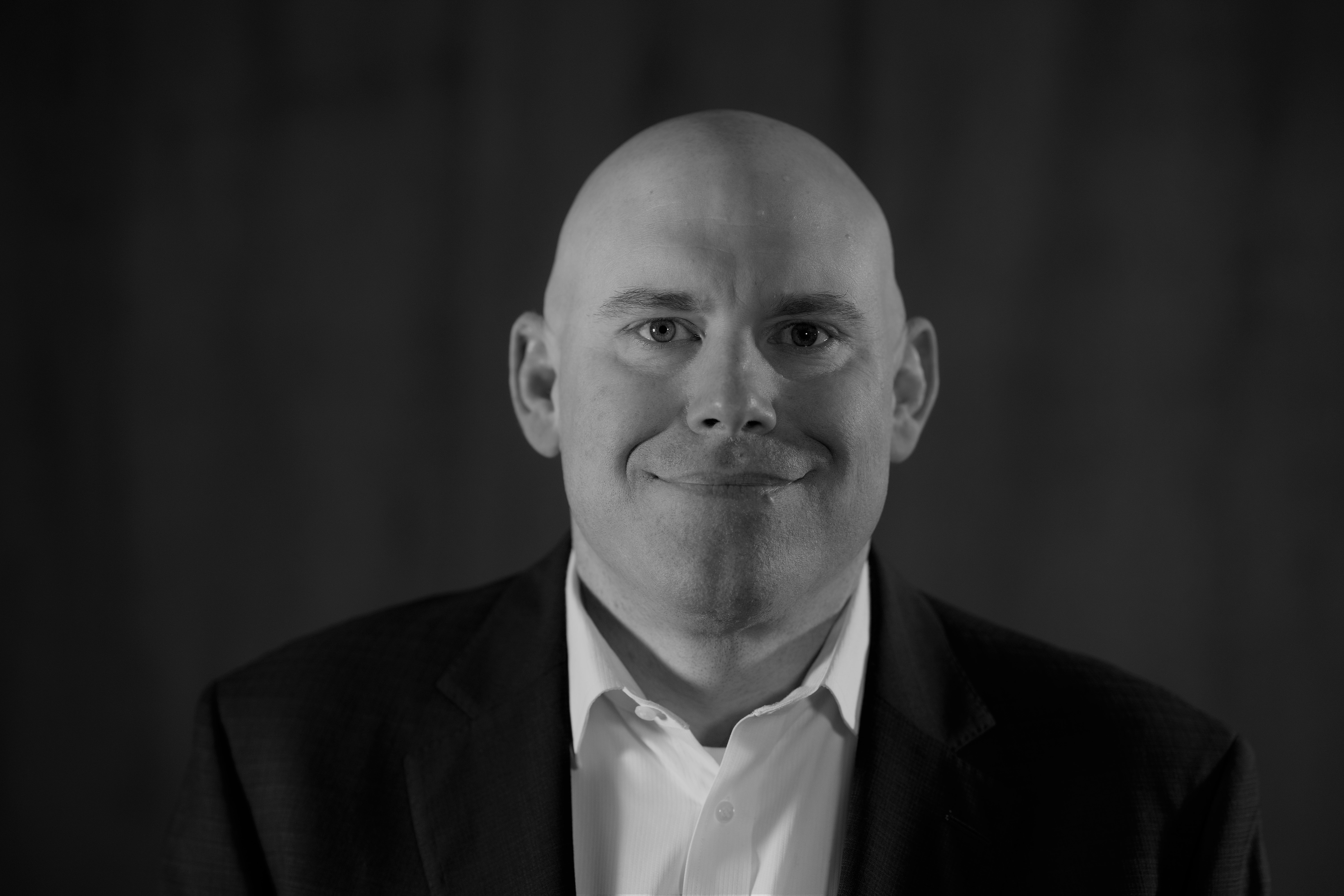The New Office, Part 2: Flexibility Starts with Your People
This is the second in a series of five articles that will explore how flexibility in the enterprise AV ecosystem is the key to success, looking at best practices for choosing solutions that can evolve with you as your workforce, platforms and needs evolve.

If you’re reading this article, your role in your company is probably tech-forward. A great place to be today—you’re responsible for, and rewarded by, using new tech tools that help grow the company even as you grow in your career. But if you’re an AV/IT provider or sophisticated end user, you may get so enthusiastic about new tech tools that you sometimes need to pause and look at how forward-thinking and successful companies are achieving great, flexible workplaces by starting—even before designing their new AV ecosystem—with their people first. And recent research shows a virtuous cycle of starting with people, then empowering them with new technology tools—a process that’s now a key driver of higher-performance outcomes. (See sidebar.)
Before we can embrace flexibility through the use of technology, we need to take a step back and make it a priority in all aspects of the workplace, starting with employees. At Sony Electronics we asked: Are we helping employees achieve flexibility in their personal and professional lives? Then we put in place new, more accommodating options that help foster work/life balance: flex Fridays (3pm Fridays year-round and 1pm summer Fridays); free Fridays (one Friday off a month); companywide summer and winter break; “unlimited” PTO; and flexible schedules and hybrid working arrangements. Most importantly these programs work for people—and more than pay for themselves in any cost/benefit analysis.
The New Office Dynamic: New Research on Trends at the Most Productive Companies
Even though in 2022 professional office occupancies in most major cities had not surpassed 50%, data shows that it doesn’t necessarily follow that the best workers are more productive in their home offices. According to a report by leading architectural firm Gensler, in their 2022 U.S. Workplace Survey, office workers in high-performing workplaces are almost twice as likely to report that the office positively contributes to their personal well-being, career advancement, and job satisfaction. They also report that they ideally want to work in the office more regularly than they currently do. This suggests that the workplace can be a critical tool for talent attraction and retention.
The report bodes well for leading companies that have established new best practices around “starting with people” combined with new technology adaptation. This creates a virtuous cycle that is now a key driver of higher-performance outcomes. Other key findings:
>> While the workplace is already effective in supporting collaborative activities, the biggest opportunity for impact is to focus on individual workspaces to improve the overall effectiveness and experience of the workplace.
>> The most successful companies now seek to make the office feel like a destination rather than an obligation.
A daily selection of features, industry news, and analysis for AV/IT professionals. Sign up below.
Gensler’s 2022 U.S. Workplace Survey
If you’ve started with those kinds of time management/scheduling and work-life balance programs, you’re off to a good start. But there is more to do if you want even better results for worker satisfaction as well as quantifiable team productivity improvements. Here’s a checklist as we get further into 2023:
As you plan for or invest in great new, flexible collaboration tools such as BRAVIA large format displays, professional projectors, SRG/PTZ cameras, audioconferencing upgrades, and new software platforms, it’s important to train and educate employees to get the most out of the technology. Does this seem obvious? You’d be surprised how many companies just throw new hires (at all pay/skill levels from recent college grad to CEO) into remote meetings, client meetings, and company meetings, without training them on how to fully take advantage of the collaboration tools used in the company or used by customers and vendors. If you’re over-relying on MS Teams and Zoom platforms, you’re doing both your employees and your company goals a disservice. (Pro tip: enlist some of your partners to do mini-training sessions for your people. Is a vendor trying to sell you a collaboration technology upgrade? Get them to show your team the benefits of competing tech tools—hands-on not in another PDF.)
Business travel—is it fully back and does it need to be at the pre-pandemic levels? And what does that have to do with putting people first? Isn’t all our new remote collaboration technology supposed to reduce the need for a lot of business travel? In every industry—and even more so in the technology industries where we live—the benefit of attending trade shows and conferences is key. Those important events are about connecting with customers, colleagues, and vendors. While trade shows and conferences have bounced back this year, we need to make sure that we send the right people to attend. The goals should be focused on getting closer to the customers and driving overall engagement. In doing so we must think about the entire organization and personnel when planning who attends. Some companies are sending only senior-level personnel. That means that often younger and/or newer staff are not being offered this vital aspect of career development. While making sure you are being fiscally smart, looking holistically at your team will help prevent you from holding up your entire team’s potential. And you may be setting yourself up to lose your best, most ambitious people to competitors or to other industries. Being prudent about business travel expenses is always wise—and virtual does fill in gaps in collaboration and networking—but look closely at how your budgeting strategy aligns with your people strategy and make adjustments with individual and team development top of mind.
After you’ve got new more flexible scheduling, training, and career enhancement options for your team members, look at using your great collaboration and AV tech to achieve better “meeting equity.” Meeting equity means creating equal experiences for meeting participants across all workspaces, wherever they are located. I’ll be exploring all aspects of that in the next articles in this series.

Richard Ventura has spent 20+ years within sales, strategy and marketing organizations focusing on display solutions, video analytics, cloud platforms, display technologies, projectors and direct-view LED solutions. During that time he has helped numerous client and partner relationships flourish and spearheaded campaigns, which have elevated brand and products throughout the marketplace.
Richard is a long-standing member of many organizations within the industry as well as is a former Chairman on the Board of Directors for the Digital Signage Federation with experience in developing and supporting initiatives for the International Committee, Advocacy and Outreach Committee, Membership Committee as well as the Global DOOH Council. During his tenure within the industry, he has delivered many presentations at conferences as well as authored articles for key publications and industry trade periodicals.
Richard holds a BA in history from the University of MN-Morris and a MBA from Hamline University. He is also a retired member of the Minnesota National Guard after 10 years of service in the military.
